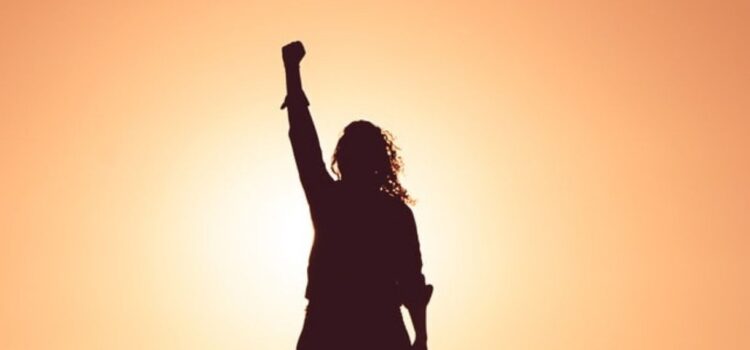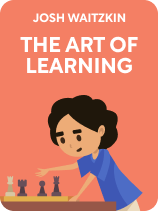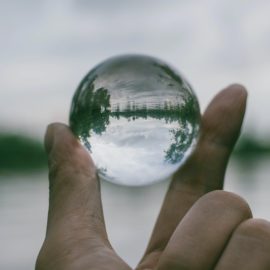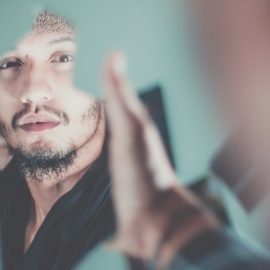

This article is an excerpt from the Shortform book guide to "The Art of Learning" by Josh Waitzkin. Shortform has the world's best summaries and analyses of books you should be reading.
Like this article? Sign up for a free trial here .
Have you ever been “in the zone”? Is there a way to enter the performance state on demand?
In his book, The Art of Learning, American chess player and tai chi champion Joshua Waitzkin explains how to get in the zone and activate peak performance states. The key, he says, is to use “triggers.” Think of this trigger as an on/off switch that instantly activates your competitive spirit.
Here’s how to use triggers to enter the zone of high performance.
Use “Triggers” to Enter “The Zone”
You must be able to enter “the zone” whenever the moment demands it, which you can do by creating a trigger: A condensed routine that switches you into peak performance mode.
(Shortform note: Using triggers to enter the zone is a common tactic in elite athletics. Sports psychologist Patrick Cohn explains that finding and remaining in the zone requires that you achieve an intense, “pinpoint” focus that fully immerses you in the present experience. Similar to Waitzkin, he recommends using habitual thoughts and mental images to trigger your peak performance state—for example, many elite athletes visualize their performances to rehearse the experience they desire.)
To access your peak performance state, create a routine that gradually activates it. Waitzkin suggests doing this by finding an area of your life where you feel naturally in “the zone” and building a sequence of habits that leads up to it. Say you feel your best after a walk in the woods. Take that state and add a few habits before it, like calmly filling a water bottle, taking a moment to stretch, and slipping on your shoes.
(Shortform note: To use this technique, you’ll need to have an activity that gets you into the zone. Not all of us have one, but there are plenty of ways to create one. In Flow, Mihalyi Csikszentmihalyi explains how to get in the zone by finding what he calls “flow.” Another method is to push at the edge of your current capacities—for example, a rock climber might challenge herself to scale a more difficult wall than usual.)
Now practice the habits or activities until they’re linked and your body will begin to associate the routine with the state the walk puts you in. Once you’ve linked the routine to your state, you can perform the routine to activate that state whenever you need it.
(Shortform note: Csikszentmihalyi also discusses finding “flow” throughout your everyday life. He gives several criteria for creating flow-state experiences. Typically, such experiences involve deep concentration, a well-defined goal, a tight feedback loop that allows you to adjust your efforts, and a difficulty level that pushes your abilities without causing you to feel out of control. By intentionally setting up conditions like these, you can consciously create flow experiences instead of hoping that they’ll come along naturally.)
Compress Your Routine
Next, maintain the feeling your routine gives you while gradually compressing the actions you take. So if you were stretching for 10 minutes, reduce it to eight, then six, and so on, until you achieve the same state-shift with less activity.
Eventually, you’ll create a swift, reliable way to “switch on” your peak performance mode. According to Waitzkin, you can compress this further until a single breath, in and out, switches on that state of deep, relaxed focus.
(Shortform note: Sports psychologist Jim Taylor notes that nearly all elite athletes use pre-competition routines to prime themselves for optimal performance. He explains that routines matter because athletes have no control over the circumstances of competition; routines give them control over their own mental and emotional preparedness.)

———End of Preview———
Like what you just read? Read the rest of the world's best book summary and analysis of Josh Waitzkin's "The Art of Learning" at Shortform .
Here's what you'll find in our full The Art of Learning summary :
- Life advice from chess prodigy and tai chi World Champion Josh Waitzkin
- Detailed looks at the psychological and technical sides of skill-building
- How to build any skill from the bottom-up






